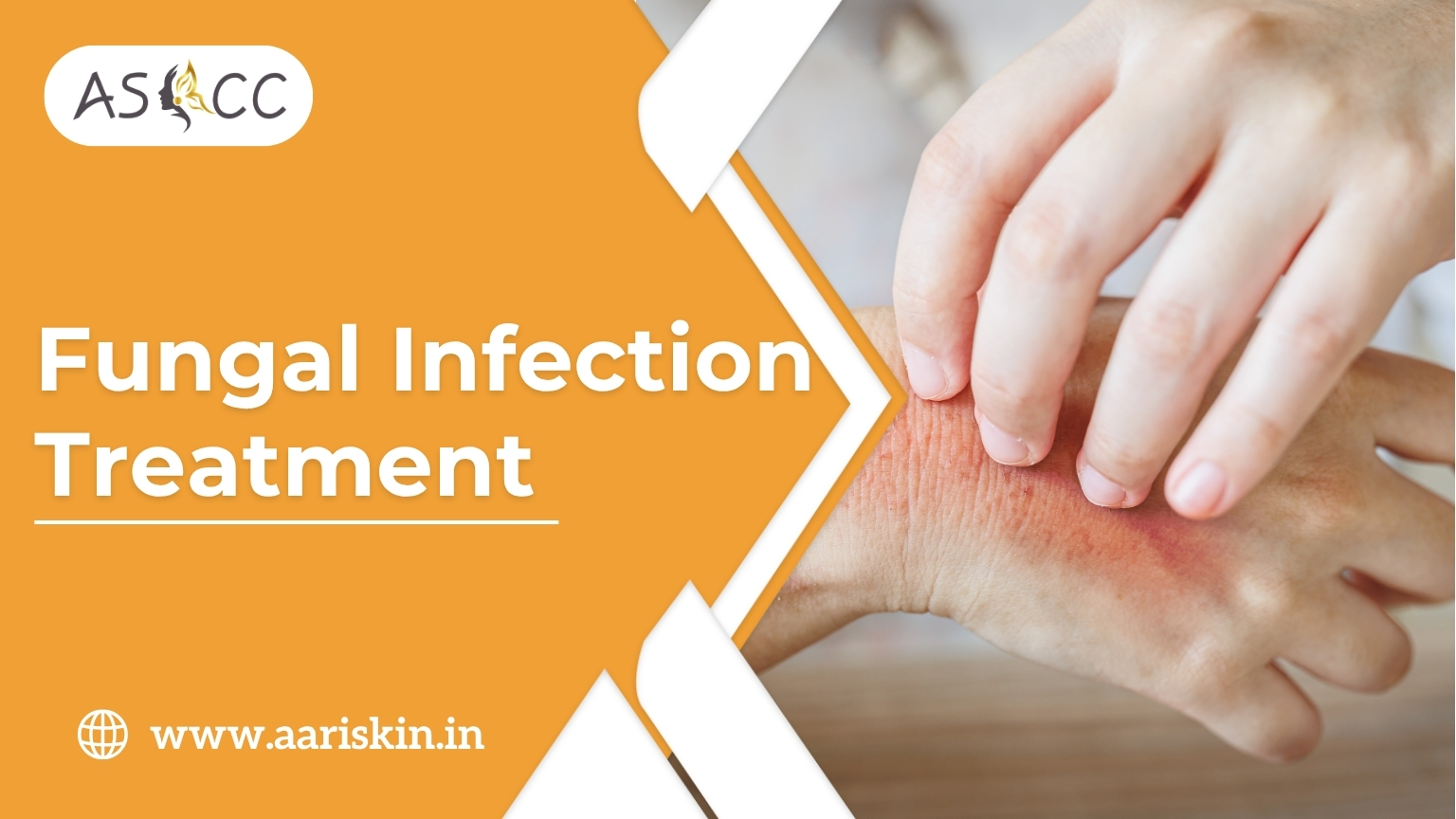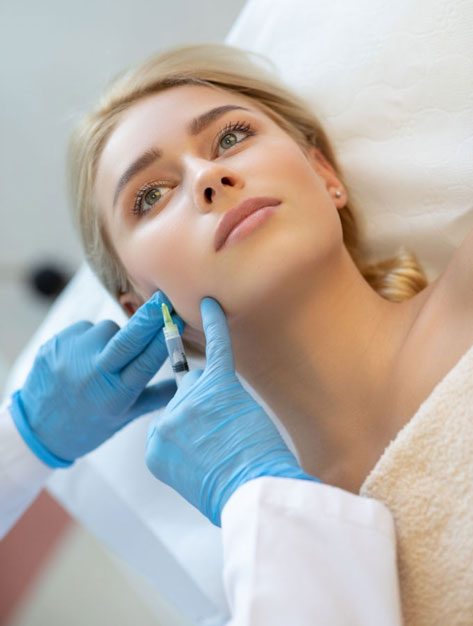What is a Fungal Infection?
Fungal infections are caused by yeasts or dermatophyte fungi that thrive in warm, moist areas like the skin folds, scalp, nails, feet, groin, or underarms. They are contagious and can spread through direct contact, shared items, or poor hygiene.
Fungal infections are very common and treatable with the right approach.
Common Types of Fungal Infections:
| Type | Affected Area | Common Names |
|---|---|---|
| Tinea corporis | Body | Ringworm |
| Tinea cruris | Groin | Jock itch |
| Tinea pedis | Feet | Athlete’s foot |
| Tinea capitis | Scalp | Scalp ringworm |
| Tinea unguium / onychomycosis | Nails | Fungal nail infection |
| Candidiasis | Folds, genitals | Yeast infection |
| Pityriasis versicolor | Back, chest | Patchy white/brown spots |
Treatment Options:
Topical Antifungal Creams & Lotions
- For mild infections on skin
- Common actives: Clotrimazole, Miconazole, Terbinafine
- Must be used twice daily for 2–4 weeks
Oral Antifungal Medications
- Required for moderate to severe infections, scalp or nail involvement
- Examples: Itraconazole, Fluconazole, Terbinafine tablets
- Duration: 2–12 weeks (based on infection site)
Medicated Shampoos / Powders
- Used for scalp infections (e.g. Ketoconazole shampoo)
- Antifungal powders prevent recurrence in moist areas
When to Visit a Dermatologist:
- Red, itchy rashes not improving with OTC creams
- Recurring fungal infections
- Discolored or thickened nails
- Scalp infection with hair fall or swelling
- Infection spreading to other people in the family
Treatment Duration:
| Area Treated | Duration |
|---|---|
| Skin | 2–4 weeks |
| Scalp | 4–8 weeks |
| Nails | 8–12 weeks or more |
Stopping treatment early can cause recurrence or resistance.
Preventive Tips:
- Keep skin clean and dry, especially folds
- Avoid tight clothing and sweaty shoes
- Use separate towels, combs, and soaps
- Wash clothes in hot water during infection
- Continue treatment for a few days after rash disappears






